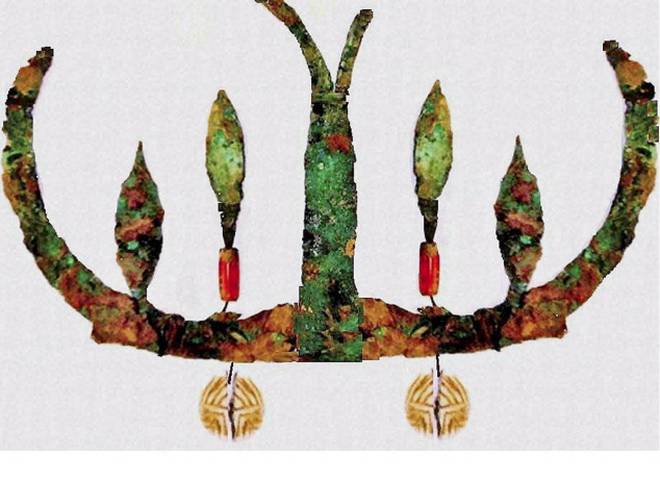We know from various studies that Yamnaya/Corded ware and Eneolithic Steppe(Progress/Vonyuchka) have a significant amount of southern ancestry, right now called CHG or CHG/Iran but we still don't know where it is exactly from. There are many suggestions, I try to summarize the two main hypothesis that are up to debate.
1.Some argue that the southern ancestry is from the NORTHERN Caucasus and that it mixed with a northern source most closely related to EHGs in the Mesolithic to form the typical steppe ancestry profile of the various steppe groups. Actually this is the hypothesis Davidski and his crowd is favoring.
2.Others argue that the southern ancestry is from the SOUTHERN Caucasus and it moved north where it mixed with a northern source(EHG-related) ON the Pontic-caspian steppe to form the famous steppe ancestry. Actually this is the hypothesis I favour.
Here I want to present some arguments for a southern homeland for CHG/Iran of steppe ancestry:
-The autosomal breakdown of the southern ancestry of Eneolithic Steppe(simulated) looks like this:
View attachment 13171
We can see that it is very much like hunter-gatherers from modern day Georgia(kotias) BUT it has a significant amount of Iran_N and minor Anatolian_N. These three populations probably aren't the real sources because the distance is pretty high, but they give us a hint. So how likely is it that a population living north of the caucasus has significant amount of Iran_N and minor Anatolian_N ? I think the answer is clear, there is zero chance for population with this autosomal breakdown to live just north of Kotias and Satsurblia(CHG).
- We can also observe the same position for this southern ancestry on a PCA:
View attachment 13172
We see a shift of the southern ancestry (ProgressCHG) towards Iran_N (Ganj_Dareh) and away from CHG(Kotias), also it has a minor shift towards Anatolian_N(Tepecik Ciftlik_N). Interestingly, the southern ancestry is exactly between Iran_Hotu and Tepecik Ciftlik_N, with a stronger shift towards Hotu though. Maybe the population we are searching for lived just between Hotu and Tepecik Ciftlik? Anyway, nothing indicates a population just north of CHG, the Caucasus.
- Now let's see what David Anthony has to say about the southern ancestry:
The highest amount of southern ancestry is in Berezhnovka just north of the Volga Delta/Estuary not from the northern Caucasus(Progress/Vonyuchka). David Anthony thinks that there was population with "pure" southern ancestry in the Volga Delta/Estuary, this might be true, but we need samples from there to prove it like he also says. Luckily, we know from the Patterson et al. 2022 preprint that the mixture between a southern and northern source population happened at about 4400BC. So it didn't happened in the Mesolithic like Davidski assumed. I think we can also exclude the southern Caucasus for this mixture event if it happened at about 4400BC because there was too much Anatolian_N in the southern Caucasus in this time period to be the source. The mixture must have happened ON the steppe for the most part.
All these taking together I think we can exclude the first hypothesis favoured by Davidski and his crowd. Personally, i think the best place for this southern ancestry has to be Eastern Turkey/Northern Iran/Armenia/Azerbaijan, before roughly 6500 BC of course.
















